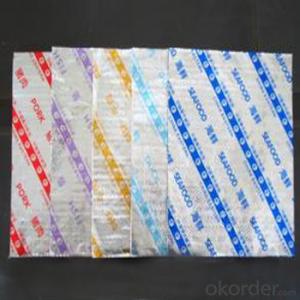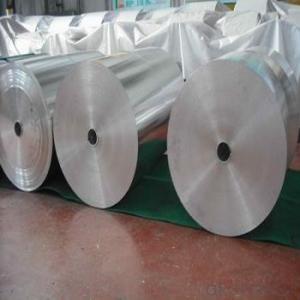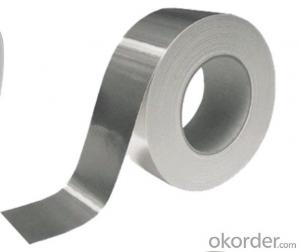Household Solar Inverter
Household Solar Inverter Related Searches
Aluminum Vinyl Siding Trim Coil Interior Car Light Bulbs 30 Mil Pvc Geomembrane Geomembrana De Pvc Precio Geomembrana Pvc Pvc Ceilings Kroonstad Pvc Crimp Coatedwire Cloth Material Fabric Waterproof Material Copper Roofing MaterialHot Searches
Geogrid Fabric Price Geogrid Fabric Home Depot Geotextile Fabric Cost Per Square Foot Geogrid Fabric Near Me Textilene Fabric Suppliers Uk Geogrid Fabric Home Depot Geotextile Fabric Cost Per Square Foot Geogrid Material Suppliers Geogrid Fabric Near Me Textilene Fabric Suppliers UkHousehold Solar Inverter Supplier & Manufacturer from China
Okorder.com is a professional Household Solar Inverter supplier & manufacturer, offers integrated one-stop services including real-time quoting and online cargo tracking. We are funded by CNBM Group, a Fortune 500 enterprise and the largest Household Solar Inverter firm in China.Hot Products
FAQ
- Yes, a solar inverter can be used with solar trackers. Solar trackers are used to maximize the efficiency of solar panels by orienting them towards the sun. Solar inverters are responsible for converting the DC power generated by solar panels into usable AC power. Both components work together to optimize solar energy production.
- Some common fault indications in a solar inverter include a sudden loss of power output, frequent or recurring tripping of the inverter, abnormal or fluctuating voltage readings, unusual noises or smells emanating from the inverter, error messages or fault codes displayed on the inverter's screen, and physical damage or visible signs of overheating.
- Yes, a solar inverter can be connected to a generator. This connection allows the solar inverter to work in conjunction with the generator, utilizing both the solar energy and the generator power to meet the electrical requirements of a system.
- The potential risks of over-discharging a battery connected to a solar inverter include reduced battery lifespan, decreased battery performance, and potential damage to the battery cells. Over-discharging can lead to deep cycling, causing the battery to degrade faster and lose its capacity to hold a charge effectively. This can result in shorter backup power duration during periods of low solar generation. Additionally, excessive discharge can cause irreversible damage to the battery cells, leading to reduced overall battery performance and potential safety hazards.
- Yes, a solar inverter can be upgraded or expanded. Upgrades may involve adding new features or improving the efficiency of the existing inverter. Expansion typically refers to increasing the capacity of the inverter to accommodate additional solar panels. However, the extent to which an inverter can be upgraded or expanded varies depending on the specific model and manufacturer.
- Yes, a solar inverter can be used with a grid-tied system and a battery backup. In such a setup, the solar inverter will convert the DC power generated by the solar panels into AC power for use in the home or to feed back into the grid. The grid-tied system allows excess solar power to be sold back to the grid, while the battery backup system stores excess power for use during times of low solar generation or power outages.
- Yes, a solar inverter can be used with different solar panel brands as long as they have compatible voltage and current ratings. However, it is recommended to consult the manufacturer's specifications and guidelines to ensure optimal performance and compatibility.
- Yes, a solar inverter can be used with concentrated photovoltaic systems. Concentrated photovoltaic systems use lenses or mirrors to concentrate sunlight onto high-efficiency solar cells. The solar inverter's role remains the same in converting the DC power generated by the concentrated photovoltaic system into AC power that can be used for various applications.















































